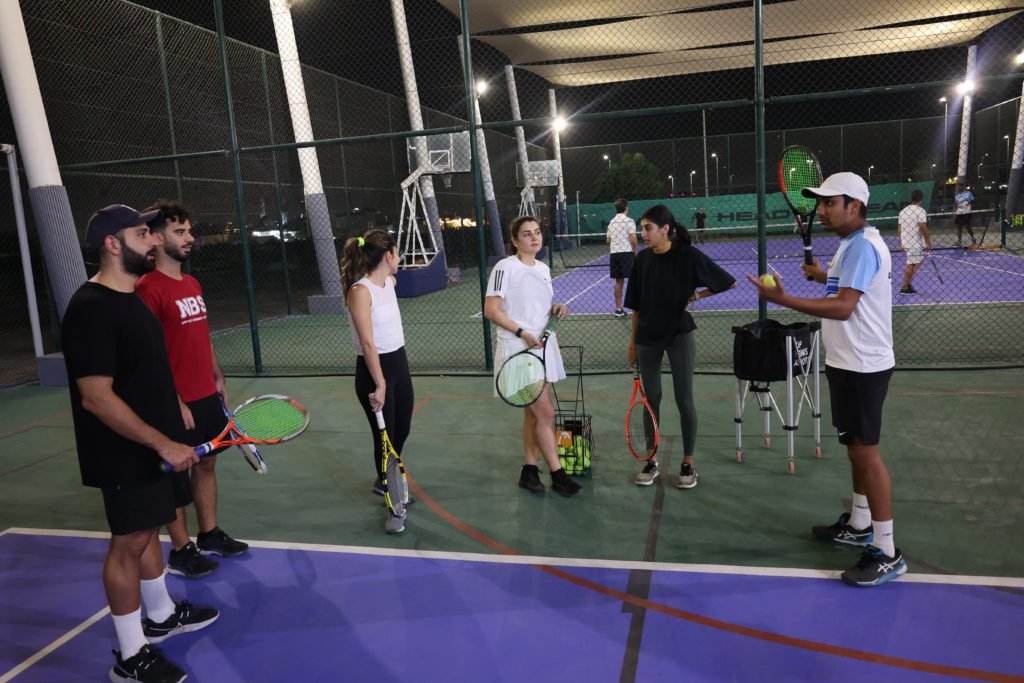Amarsingh Rao
CEO/Coach
 India
India

Tennis is a racket sport that can be played independently or in a group. It is a popular sport in Dubai. It is very beneficial. This sport is played at various levels such as beginner’s level, intermediate level, advance level. The players of each level has different training needs. The coach should try to provide training to players according to their training needs and efficiency.
With 15+ years of professional Tennis experience, our coaches at CAP Tennis Academy are your dedicated mentors, ready to fuel your Tennis journey.